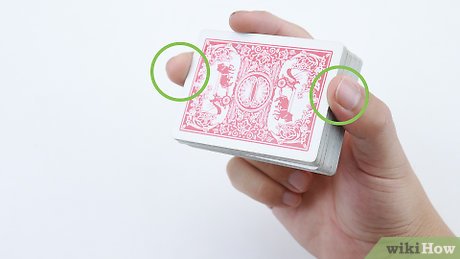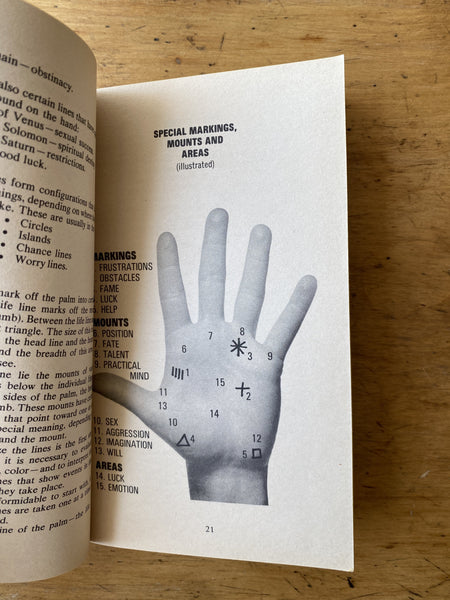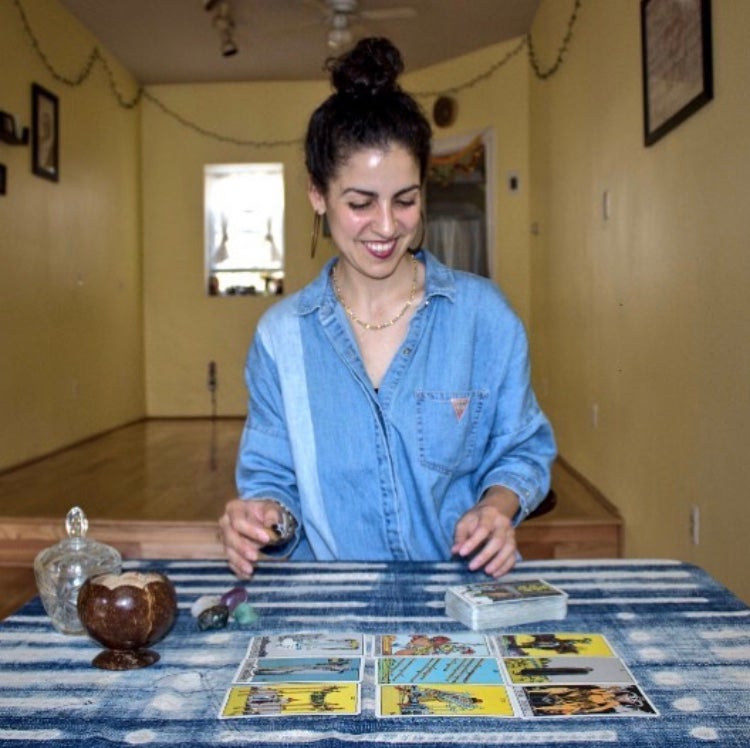
The Moon tarot can help you to gain a deeper understanding of yourself, despite being ambiguous. This card is well-known for its role in Celtic Cross spreads. It also plays an important part in witchcraft and Paganism. It can also serve as an indicator of mental health issues like anxiety or depression. If you find it difficult to distinguish reality from fiction, The Moon might be an indication that you should stop taking quick decisions and instead seek objective interpretations.
Pay attention to your internal senses. The tarot symbolises your intuition. Your intuition is your body's natural ability to connect to all living things. When you are able to rely on this intuition, you can make decisions without allowing illusions to cloud your judgment.
When the Moon is in the upright position, it can signify that your fear of the outcome of an event. It is possible to be unclear about your career path. It is a good idea to talk with others about your career path in these situations. Making financial decisions can be difficult for you. Before you make major financial moves, do your homework.

The upright Moon can also mean that you are feeling confused and overwhelmed by your life. This is particularly true if you are waiting for answers to a medical issue. You will soon be able to find clarity. You may not be able to let go of your worries, particularly if you have had to deal with past traumas. This will help you to be more open to your feelings and allow you to move forward.
Reversing the Moon can signify that you're not being true and honest with yourself. It could be that you trust others or are hiding something from yourself. This can also indicate that you are pushing your emotions to the depths of your subconscious. This can lead to emotional distress.
The Moon can be a sign that you are having trouble with a partner. This sign means that you need honesty with yourself and to trust your intuition. Also, you should ensure that you take your health seriously. A sign of mental illness, the Moon is also an indicator that you need to see a doctor if your symptoms are severe.
When The Moon is reversed, it can also mean that you have an inability to separate reality from fantasy. Stop making rapid decisions if anxiety, depression or paranoia is a problem. Also, you should work on letting go your fears and negative self talk. You should seek out help, and push yourself to take health tests and learn more about you.

The Moon may also symbolize a period or illusion, as well as rebirth. A period of intuition may also occur. If you feel a strong urge towards a specific person or situation you might need to spend more with them to learn what they are trying and tell you.
FAQ
What are competitive hobbies, you ask?
You can compete in running, swimming or cycling as well golfing or tennis.
They're usually played by people who enjoy physical activity but also provide an opportunity for social interaction.
If you have a hobby that involves physical activity, then you'll probably find that there are other people around who share this interest.
This could include joining a club/group that allows you to play sports together regularly.
You could also opt to take part in team games that involve playing alongside others.
These include soccer (soccer), rugby, netball and hockey.
There are many types of competition.
Some competitions exist solely for recreational purposes.
Others are meant to test competitors' skills.
Yet, there are others that reward exceptional performance.
These cases result in prizes for the winners.
Other competitions are intended to test strength and stamina.
These are endurance events.
For example, marathon races, triathlons, Ironman Triathlon, etc.
Before participating in these events, athletes often train hard.
To prepare their bodies and minds, they will have to adhere to a strict training plan.
They might need to travel some distance during preparation.
It's important to remember that not all athletes compete in every type of event.
How do I start my new hobby?
The first step toward starting any new hobby is to decide what kind of activity you'd like to pursue.
Once you've chosen your subject, you need to be passionate about it.
Understanding why you are interested in a hobby is important. It will provide you with direction and purpose.
Once you decide what kind of hobby you want, you can start planning.
Think about the equipment that will be needed.
Consider whether classes or seminars are necessary.
You must ensure you have enough room for your hobby.
Consider joining a club, or group. These groups are often supportive and offer advice.
Also, consider how much money your hobby would cost.
What are collection hobbies?
The most loved collections include books, movies and music.
You can also collect stamps, coins and cars as well as dolls, action figures, figurines, art supplies, kitchen utensils, jewelry and watches as well...
I think you get it.
Statistics
- Almost 80% of people claim to have no hobby. (hobbylark.com)
- I am 100% biologically a woman (discover.hubpages.com)
- The intensity of the dialogue partners' bond at the end of the forty-five-minute vulnerability interaction was rated as closer than the closest relationship in the lives of 30 percent of similar students. (time.com)
- A new survey by Pew Research Center of teens ages 13 to 17 finds that 36% of girls feel tense or nervous about their day every day; 23% of boys say the same. (pewresearch.org)
- The Role of the Mind in Sex, Dating, and Love: Men in the “humor” condition received phone numbers from 42.9% of the female participants and were refused 57.1% of the time. (time.com)
External Links
How To
How to start gardening
Gardening is one the oldest forms. It requires patience, persistence and determination. The first step in starting your own garden is choosing a location where you want to grow food. You can choose to have a large area or a small one in your backyard. Next, choose what kind of plants you would like to grow. Do you prefer flowers over vegetables? Some people are passionate about growing herbs, while others like raising livestock like rabbits. Before you decide on the type of crops you want to plant, it is important to consider the space available. If you live in a climate that experiences cold winters, then you might decide to grow fruits or berries as they do well in colder climates.
Once you have made your choice, it is time to prepare the soil. The soil is crucial in determining whether your plants thrive or not. The soil should be rich in organic matter to provide nutrients for your plants' roots. Organic matter includes things like leaves, twigs, grass clippings, manure, and compost. You need nutrients to your soil after you have prepared it. Depending on the type of plants you plan to grow, you may need different amounts of nitrogen, phosphorus, potassium, calcium, magnesium, boron, zinc, copper, manganese, iron, molybdenum, chlorine, sulfur, sodium, and so on. Online fertilizer calculators can be used to determine these values. There are many fertilizers available so be sure to know what you are purchasing.
After you have prepared the soil and added nutrients, it is time to wait for your seeds germination. The process typically takes 2 to 3 weeks depending on the weather conditions and temperature in your area. After seeds have sprouted, water them every day. You can endanger your plants if you water them too often or too little. Make sure to give your plants water at regular times and not overwater. Overwatering can lead to root rot and fungal diseases. Consider that plants generally need less water in the warmer months than they do in winter. Some plants must be dried out after being watered. For example tomatoes should be kept slightly moist and not wet. Soggy soil is not a good choice for tomatoes. After they have finished flowering, they must go dormant. The time when plants stop producing new life and store energy for the next season is called dormancy. Dormancy means that the plant stops communicating with its roots about producing food. Plants continue to store energy throughout this period. Plants will soon die if they are exposed to too much or too cold temperatures.
Urban areas can limit your choices for plants. Urban areas tend to contain concrete sidewalks, roads, buildings, and parking lots that block sunlight from reaching the ground. Concrete absorbs light, preventing the soil underneath from getting adequate sun exposure. This is why many plants cannot thrive in cities. Many plants can still thrive in urban settings. Many trees, shrubs, perennials, and other plants can adapt to urban life. Many annuals can also be grown indoors in container gardens. Container gardens can be used to grow greenery indoors year-round, no matter what the weather outside.
Now you're ready to plant.